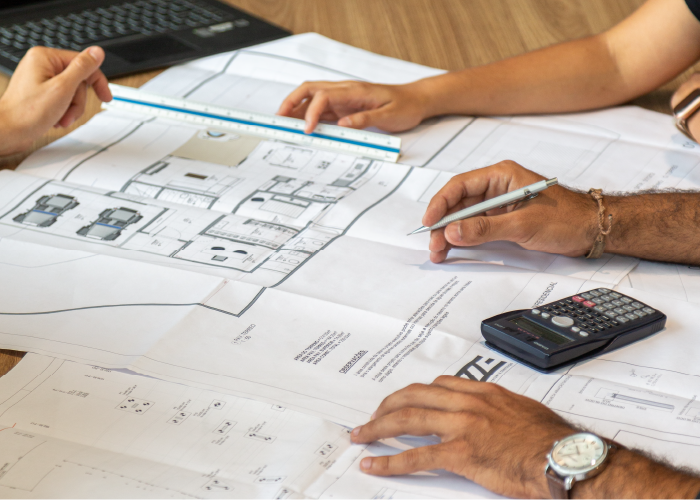Overview
The construction industry is a rapidly advancing sector that has adopted the leading technology and sustainability options. However, in the past few decades, the demand for construction projects has expeditiously increased with the population explosion. Technology and sustainability have led to transforming the entire construction sector, but it also comes with a set of challenges. In today’s blog, we will talk about a few major challenges faced by construction companies in Canada and globally.
Challenges in Construction Sector
We know that for construction projects, the raw materials and products are derived primarily from nature – wood, water, sand, ores, etc. In countries such as Canada, which has vast and varying geography, the level of construction project work will also vary based on the companies, provinces, and internal trade disciplines. A report also states that Canada is the fifth largest construction market in the world, employing at least 1.3 million Canadians! However, companies are facing problems concerning productivity, labor, resources, finances, etc. Let us understand how.
Shortage of Skilled Labor
One of the vital concerns for the construction industry is the lack of trained professionals who implement residential, commercial, or industrial construction projects. Without the right set of skilled laborers, it is difficult to deliver a quality job. Our youth must be empowered and educated about construction science and industry.
Low-grade materials
The construction industry relies on high-quality raw materials for excellent work and long-lasting buildings. The low-quality materials can compromise the structure’s safety and risk the lives of others. The structure failures or collapse will further increase the cost of repairs and severe penalties or lawsuits.
Improper and Poor Project Management
The failure to monitor and manage construction projects efficiently can lead to chaos and miscommunications. Right from the project designs, raw materials, finances, and finishing, everything has to be monitored closely for quality control and assurance. The project plan and method updates/changes have to be communicated to every team member to ensure seamless workflow and accurate digital file management. Miscommunications can also lead to poor workflow and technical blunders affecting the overall work quality. However, if you have a project to discuss, get in touch with Perfect Level Construction Inc. (PLC) for more satisfactory project management and great results.
Scarcity of Natural Resources
Most of the raw materials for the construction industry are obtained from nature, which is depleting at an alarming rate. Many construction companies are facing issues with the scarcity of water, wood, ores, etc. Did you know that sand is the second most consumed resource after water? Most of the sand is used in construction projects worldwide to provide strength and stability to concrete, asphalt, plasters, basements, etc. Today, ungoverned sand mining and its depletion at an exponential rate are causing deltas to sink and affecting other marine geological processes. The construction industries are facing problems with the looming sand crisis with increasing demand.
Increasing Cost
With depleting resources and advanced technology, the prices of raw materials and investment in construction project increases. To attract skilled laborers, one has to increase the pay scale to complete the project efficiently. One has to be very wise with projects on board.
Key takeaways
Many construction industries are facing numerous challenges concerning raw materials and quality, project management, laborers, finances, and more. To tackle these problems, one has to make a smart choice and switch to sustainable raw materials and green building solutions.
About PLC
Perfect Level Construction (PLC) is a leading construction company based in Canada. We are a group of skilled engineers and researchers who promote sustainable raw materials and construction products for better durability and finishing touches, now at affordable prices. We are a team of green building workers who provide excellent services in roofing, surfacing, and waterproofing systems, along with repairs.










